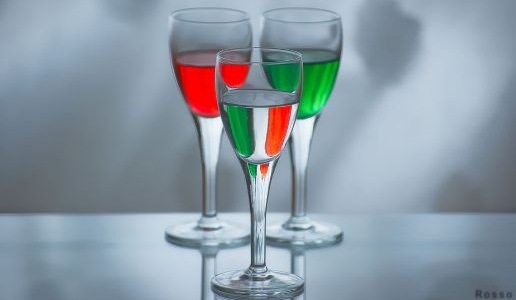The “munificence” of DoctorWine

We mostly evaluate Italian wines and do so using a rating system adopted by international critics, especially in regard to French wines.
Some of our readers, in regard to our wine reviews and ratings, have criticized us for being “munificent”, a word that now appears to have a negative connotation. The fact that one can be criticized for being munificent says a lot about the state of things in the world today.
Having travelled extensively around the world, to take part in international tasting juries, and reading the international press, as well as the social media focusing on wine, I have often noticed high ratings being given to wines for reasons I sometimes cannot understand. This is because points of view, wine tastes and personal preferences tend to be different. In fact, there are entire groups of wine lovers in certain countries who do not appreciate wines that we in Italy have a high regard for and prefer those Italians would shun.
Sweet California Cabernet is an example together with those soft, full-bodied reds that we would brand as being “jammy”, rigorously made with those six or seven “international” or French varietals. But then those who like these wines consider Italy’s extremely “territorial” wines, even some very traditional Barolo with their scratching tannins, to be only “wines for food”, those that should only be consumed with a meal and not on their own like the “great” wines. The same is true for Sagrantino Montefalco and certain reds with a vibrant acidity like Barbera or many Chianti Classico.
There are, of course, different tasting styles, opinions and preferences also in regard to the many ways wines can be consumed. In Italy, the preference is to drink wine with food and, in fact, the third course in studying to become a sommelier is dedicated to pairing. In many Anglo-Saxon countries, on the other hand, wine is consumed away from meals, a practice preferred by those super experts and wine lovers who have a preference for elegant, balanced and agile wines, those inspired by French winemaking if not French themselves. And these, only these, for them merit the highest ratings.
Since DoctorWine deals principally with Italian wines, why should we adopt their parameters of evaluation? We are in Italy and evaluate Italian wines, something I have been doing now for decades, and for this reason we need to use parameters that are slightly different than those used in America for American wines or in Australia for their bold reds. And yet, when we use our own parameters and award high ratings to many Italian wines, territorial ones perhaps made with traditional Italian varietals, we get accused of being “munificent”. For some, higher ratings may be acceptable for a Barolo, a Brunello or even a great wine made from “international” grapes, like Sassicaia. However, if DoctorWine gives a high rating to a Freisa, Lambrusco, Verdicchio, Taurasi or a Cannonau, then there’s something wrong because, in their view: “how can you put a Fiano on the same level as a Meursault?”.
I, on the other hand, believe that a comparison, mutatis mutandis, is possible. This for reasons of an organoleptic nature, of course, but also in consideration of how the winemaker interprets his terroir and the type of wine he produces. And from this point of view, Italians are the best in the world. I am convicted that it would be opportune and necessary to make a logical choice and adopt parameters that change according to different situations, climates, soils and varietals. And, every once in a while, a little pride wouldn’t hurt either, it has nothing to do with being “munificent” but something much more serious.

 Italiano
Italiano







